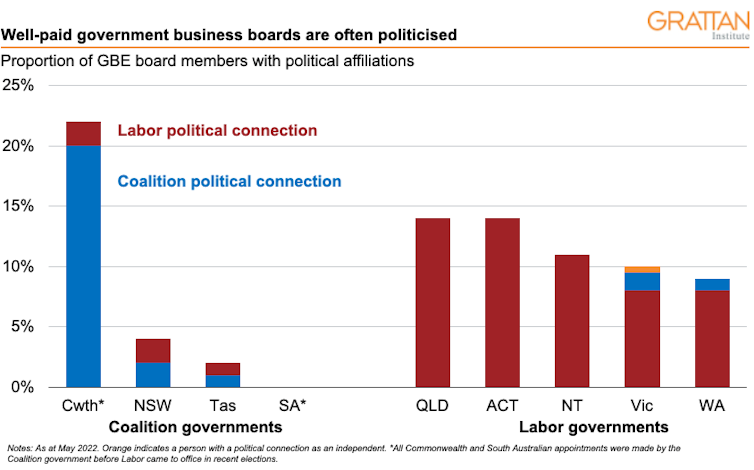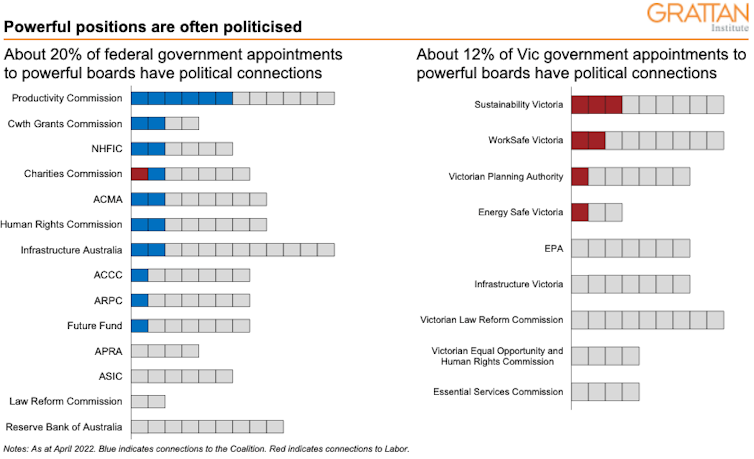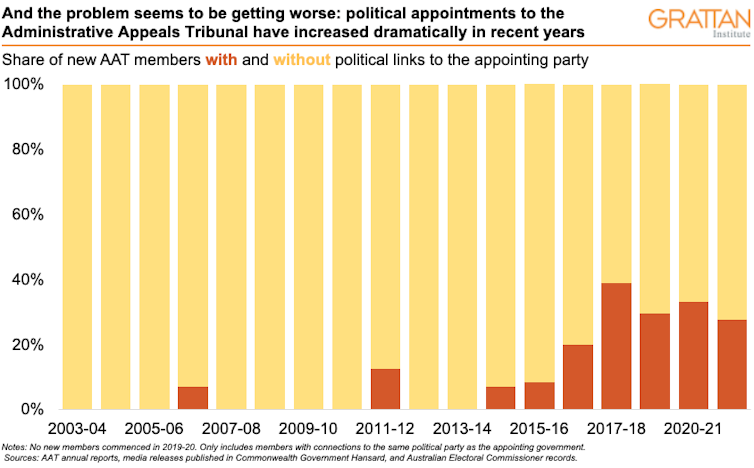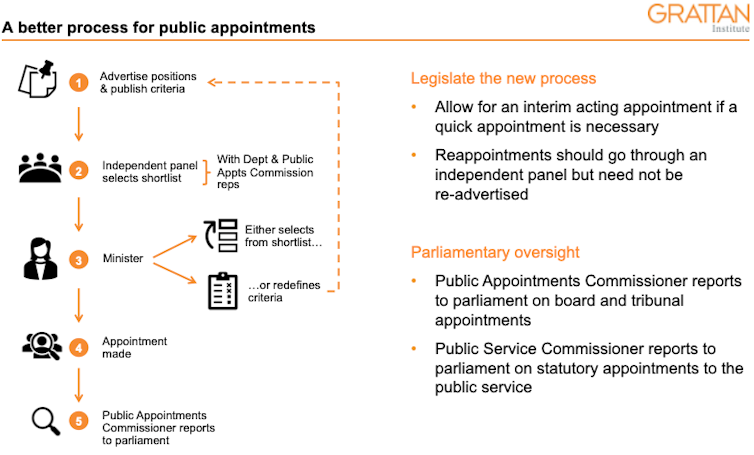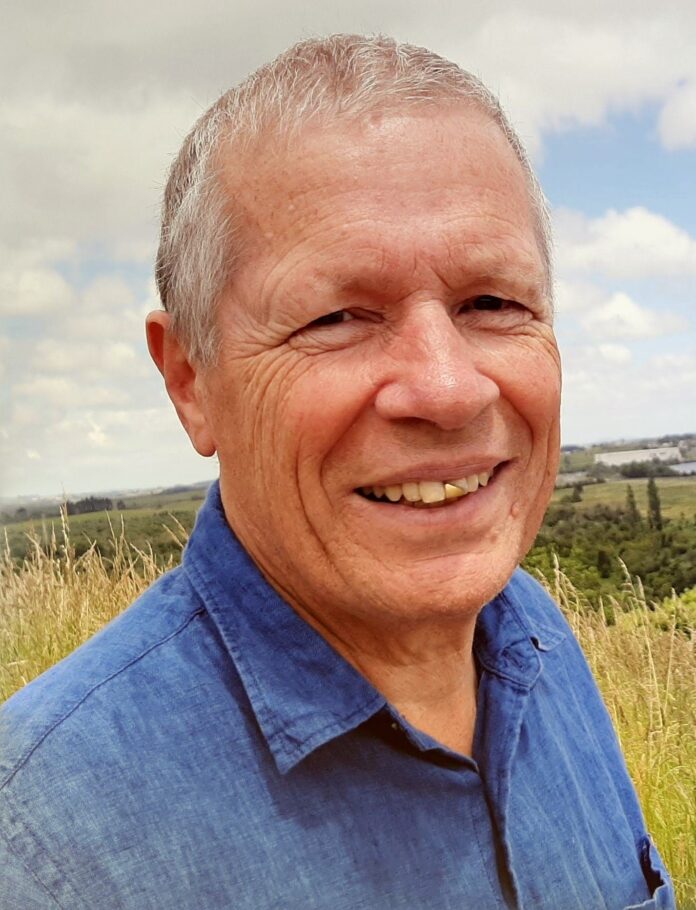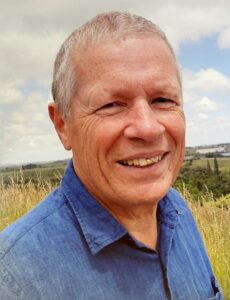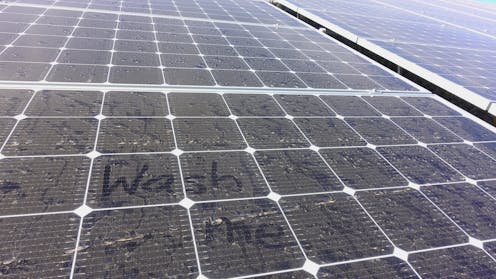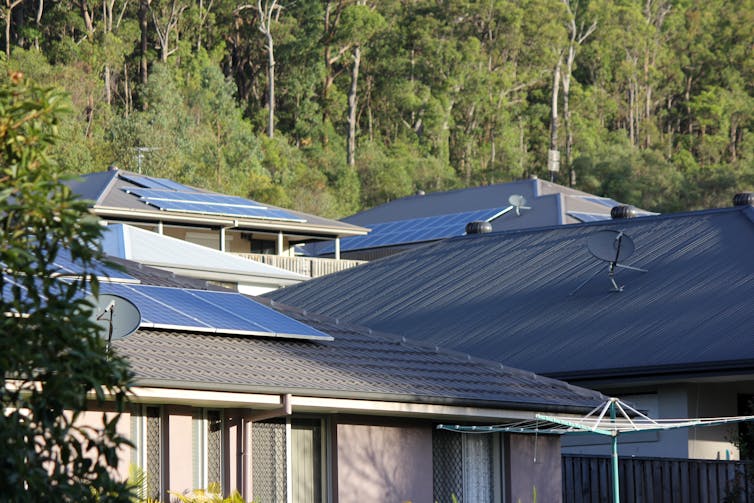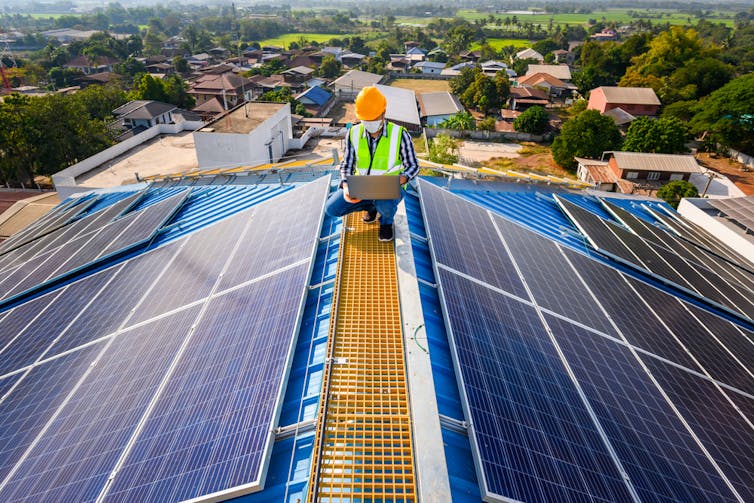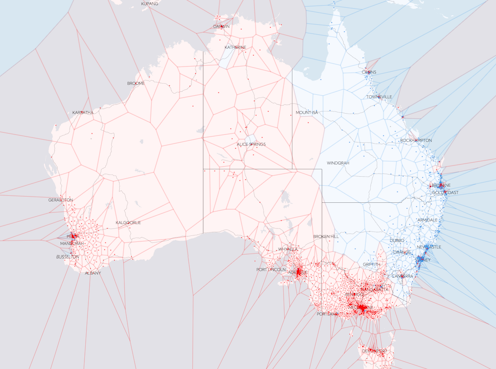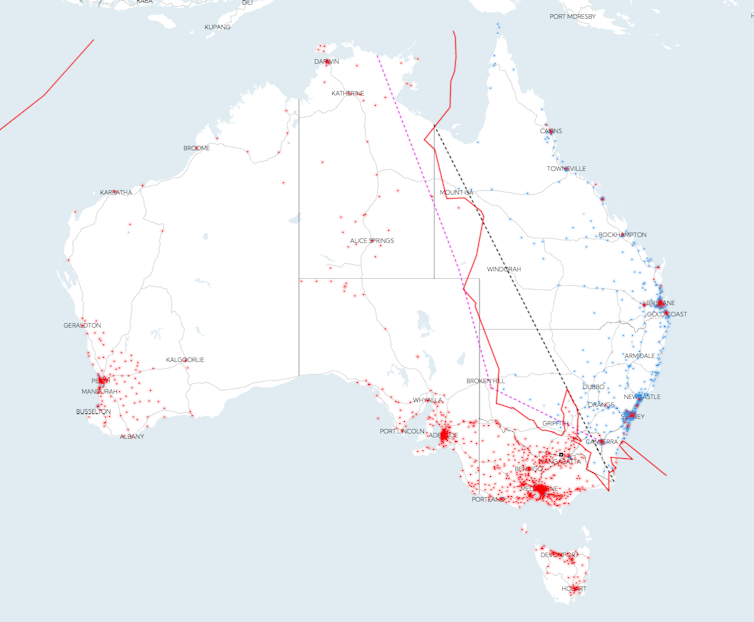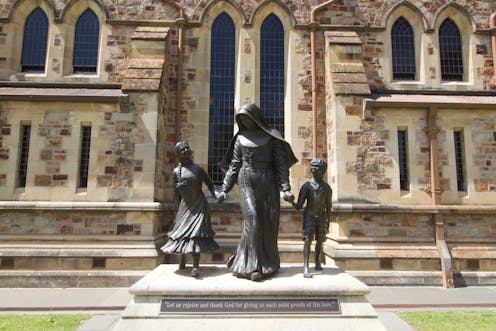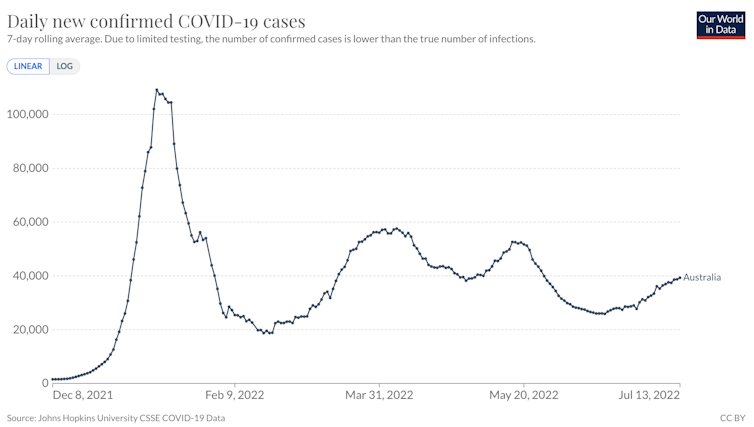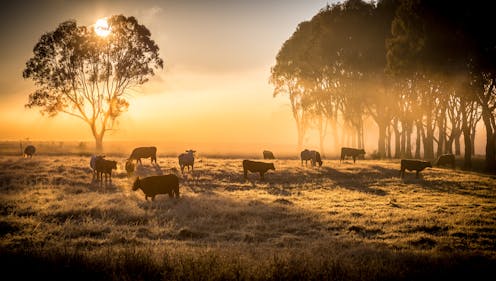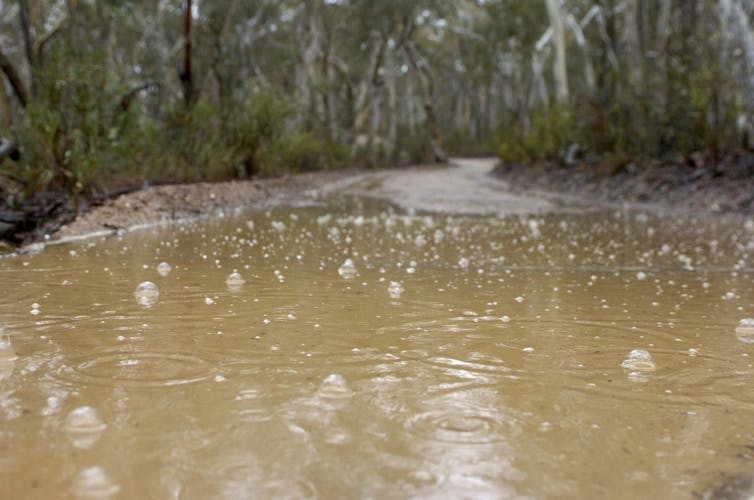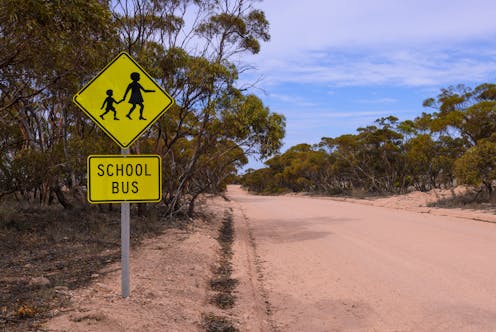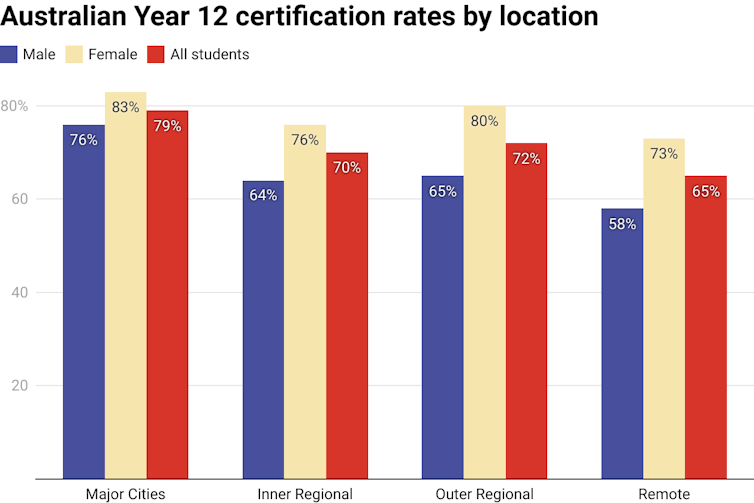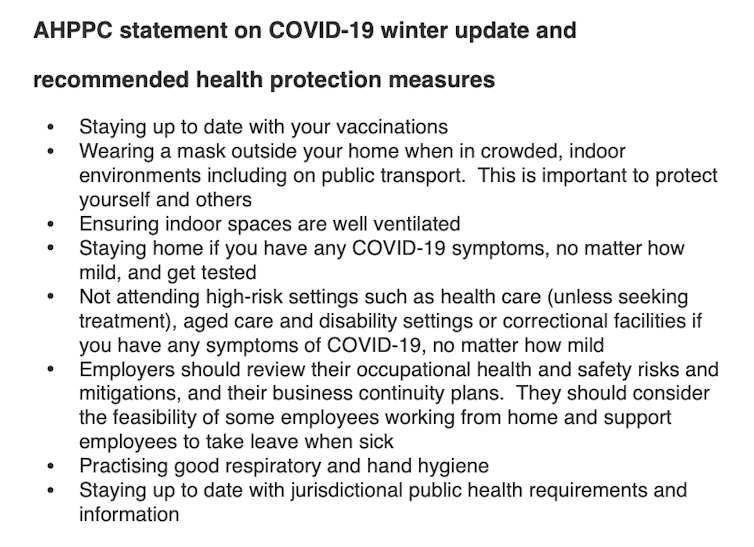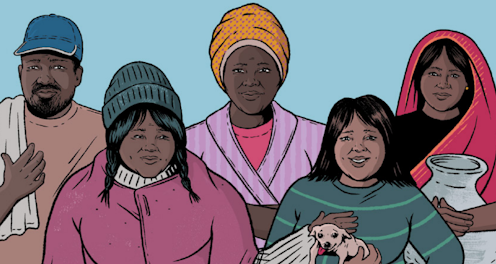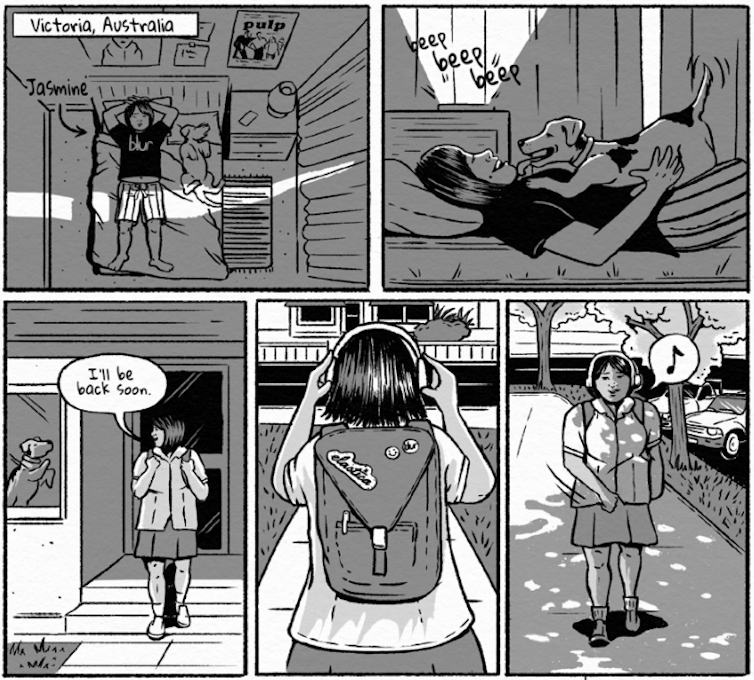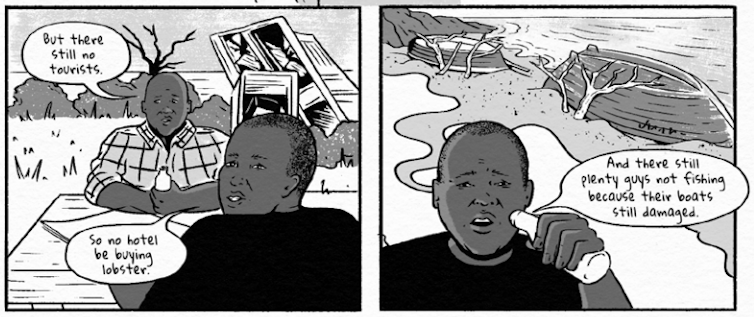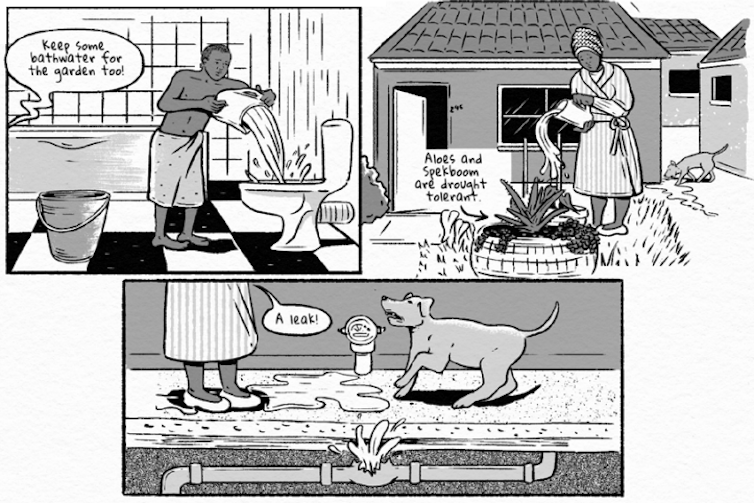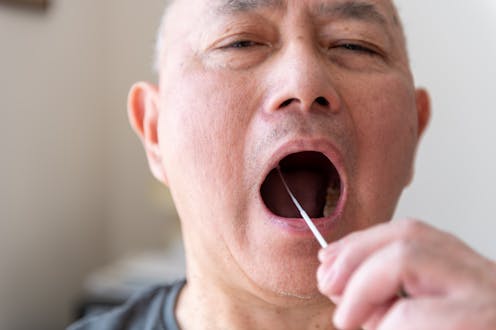Source: The Conversation (Au and NZ) – By Steven Lewis, Senior Research Fellow, Australian Catholic University

www.shutterstock.com
Apple products are already a central part of our lives in so many ways. We use them to work, socialise, monitor our heart rates, pay for things and watch TV.
But did you know they are also involved in teaching school teachers?
The shift to online learning following COVID-19 is not only for students. Teachers now also do a lot of professional development online, often via global technology companies or “EdTechs”.
Read more:
Edtech is treating students like products. Here’s how we can protect children’s digital rights
One familiar sounding example of this is Apple Teacher. This is a free professional learning program developed by Apple for school teachers. Offered in 36 countries including Australia, Apple Teacher claims to “support and celebrate teachers using Apple products for teaching and learning”.
In my new research, I argue Apple Teacher is helping Apple position itself as a global education expert. This move is largely flying under the radar.
What is Apple Teacher?
Apple has sold technology to schools since the early 1980s, especially in the United States. It has also had programs geared at teachers using Apple technology since the mid-1990s. But the tech giant now provides teacher professional learning via Apple Teacher, which launched in 2016.
As of 2022, there are more than 100 lessons and tutorials freely available on the Apple Teacher Learning Centre. The site promotes a “self-paced journey” and a “great way for schools to offer free professional learning”. There are “skill-building tutorials, lesson ideas and inspiration to deepen student learning”.
This could be something as simple as how to take a selfie on an excursion. Or it could be how to use coding or augmented reality in a lesson. There are also specific supports for COVID-19 remote learning, with time-saving tips and lesson ideas.
Teachers can complete interactive quizzes on how to use Apple software to earn “badges”. If they collect six badges, they are recognised as “Apple Teachers”.
Another key feature is the Apple Teacher Portfolio. Here, teachers develop and share lesson plans that intentionally use Apple products in the classroom. These include Keynote (which creates presentations) and GarageBand (which creates music or podcasts). Completing all nine lesson plans rewards teachers with more badges and gives them additional recognition.
Festivals, badges, followers
Beyond rewarding individual teachers, Apple Teacher also offers learning on a larger scale. Apple is in the middle of its third annual “Festival of Learning”. Between July 11 and 21, this global virtual conference is running 90 sessions on topics such as “creating your first app” and theatre design, all using Apple products.
As of July 2022, the Apple Education Twitter account (@AppleEDU) has more than one million followers. While not restricted to Apple Teacher participants, it clearly demonstrates its significant reach and appeal.
Apple Teacher is usually completed by individual teachers on their own initiative. However, schools with more than 75% of their staff as Apple Teachers can also seek recognition as an Apple Distinguished School. While the number of Apple Teachers is not publicly available, there are currently 47 Apple Distinguished Schools in Australia out of 689 around the world.
A rebranding for Apple
While it is perhaps unsurprising that Apple promotes the use of its products in schools, COVID-19 has clearly introduced a new sense of urgency and market opportunity in terms of the teaching and professional development side of the equation.
In comments made in 2021, one of Apple’s vice-presidents, Susan Prescott, said the company wanted to help “build educators’ confidence in reimagining their lessons and [recognise] them for the great work they do every day”.
In my research, I argue Apple Teacher positions Apple as a global expert in education. Apple has much to gain financially from this development. In 2021, the global EdTech industry was valued at US$85 billion (A$125.4 billion). By 2028, this is expected to explode to US$230 billion (A$339.4 billion).
By offering teacher learning and credentials and classroom curriculum guides, Apple is directly challenging more conventional sources of schooling expertise built over decades of experience and research. This includes the significant knowledge that teachers already possess, as well as universities, professional bodies and departments of education.
It is unclear what knowledge or expertise Apple uses to inform Apple Teacher. The company usually cites no research in its publicly available materials. But as the world’s largest information technology company, Apple can use its brand recognition to promote its own version of schooling knowledge and teaching qualification.
Apple’s reputation for tech products will also likely help attract prospective users to Apple Teacher, regardless of the learning provided. Given a significant focus of Apple Teacher is encouraging teachers to adopt Apple products for classroom use, there are clear financial motivations here as well.
What next
Before COVID-19, teachers were already under extraordinary pressure. In this context, it is understandable that Apple Teacher – free, recognisable and internationally available – might be attractive to overworked, under-appreciated teachers in search of support.
But, as teachers themselves know, not all learning opportunities are equal.
We already have decades of research that can support quality teacher learning and classroom practice. We should not accept a global EdTech as the preferred source of solutions, especially when these solutions involve promoting their own products.
Education policymakers and school leaders need to make sure programs like Apple Teacher are not the only opportunity for professional development. They can do this by providing additional time for teacher professional learning, or funding greater access to quality research behind paywalls.
Fostering close ongoing connections between teachers, professional organisations and academic researchers will also allow for conversations between experts without the risk of product placement and promotion.
We cannot continue to expect so much of teachers if we do not support the vital work they do. Ceding this space to profit-motivated EdTechs will only make the problem worse.
![]()
Steven Lewis receives funding from the Australian Research Council
– ref. Why is tech giant Apple trying to teach our teachers? – https://theconversation.com/why-is-tech-giant-apple-trying-to-teach-our-teachers-186752




